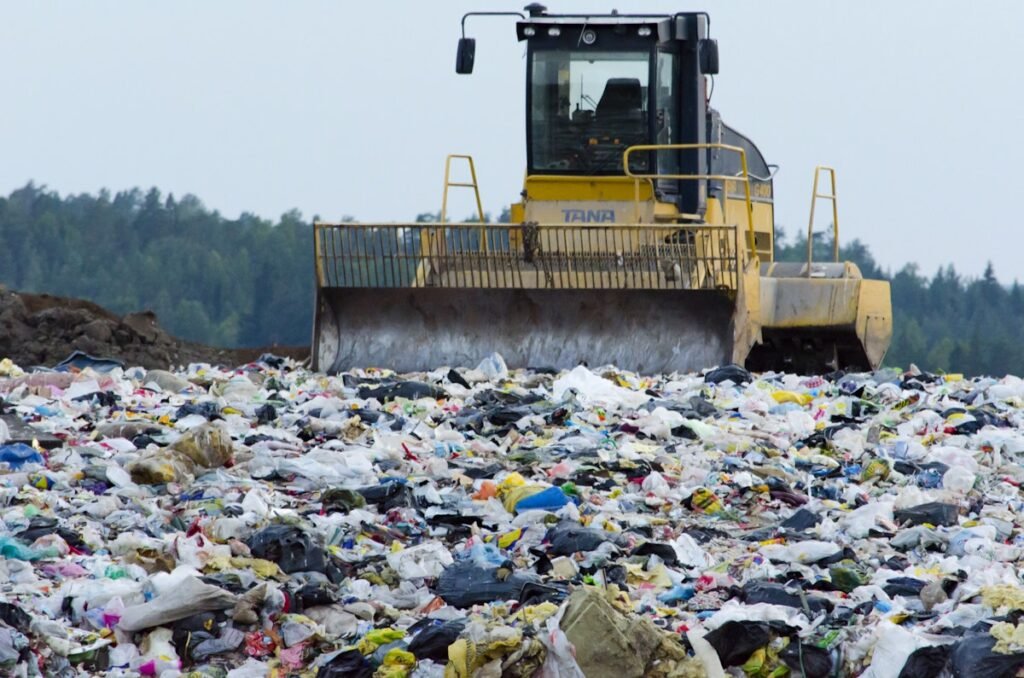by Maya Anand
Fast fashion. If you're chronically online like me, you've probably heard about it. This popular buzzphrase has seen an uptick in recent years as online shopping has grown, or maybe you've heard of it in an environmental context. But what exactly is fast fashion? And, honestly, what's so bad about it?
Fast fashion stores are great at always having trendy styles, at the cost of quality and environmental protection. (Photo: Burgess Milner/Unsplash/cc).
Fast fashion is the business model of quick turnover, high volume, and cheap prices. This model is also keenly attuned to the current trends. You've probably seen a shirt you like online and it seems like you can buy it everywhere. This is how fast fashion operates. Brands like Shein, H&M, and Zara have been in the fast fashion ring for years, making sure their styles are always relevant and trending. Often by ripping off small or independent designers. Their clothing items are then mass-produced in factories and shipped around the world to warehouses.
The fast fashion industry utilizes planned obsolescence, the practice of developing products that deteriorate quickly after purchase, forcing customers to buy more to continue the cycle of production. Basically, a quantity-over-quality situation. The garments are made with cheaper materials when compared to high-quality clothing. Materials using synthetic fibers like polyester, acrylic, and nylon are commonplace. Cheaper materials allow for the item to be cheaper overall, incentivizing people to purchase in bulk. However, these synthetic fibers are not biodegradable. The clothes then end up in landfills which are then burned, releasing toxins and pollutants into the air. The synthetic dyes applied during production are often drained into water sources and contaminate drinking supplies.
Fast fashion relies on planned obsolescence so customers are forced to regularly buy new clothes. The clothes often end up in landfills. (Photo: rawpixels.com/cc)
With all of this said, maybe you're nervous that you've purchased from a fast fashion brand before. I can't blame you, it's hard to resist low prices that keep up with your style. But even if your clothes come at a low cost to you, the cost to the environment will always be steep. So keep in mind where you shop and what the true cost of the product might be. As fast fashion has become more known in environmentally-conscious circles, ways to avoid buying into it have been created. Programs like Rent the Runway allow people to lease clothes that can be swapped, bought, or returned instead of being thrown away. Many luxury brands have begun to hire sustainability advisors to make sure their production is in line with environmental codes, and brands like Zara and H&M have pledged to source organic materials, hopefully going ‘climate positive’ by 2040.
So, now that you know what it is, how do you recognize it? Try to avoid certain non-degradable fabrics like acrylic, polyester, and nylon and instead opt for cotton or linen. If possible, take a look at where production is taking place and where materials are outsourced from. Some brands have partnered with the nonprofit organization, Climate Neutral, making their sustainability efforts official. Making conscious choices against overconsumption and choosing ethical shopping will bring us one more step further toward a climate-positive future!




